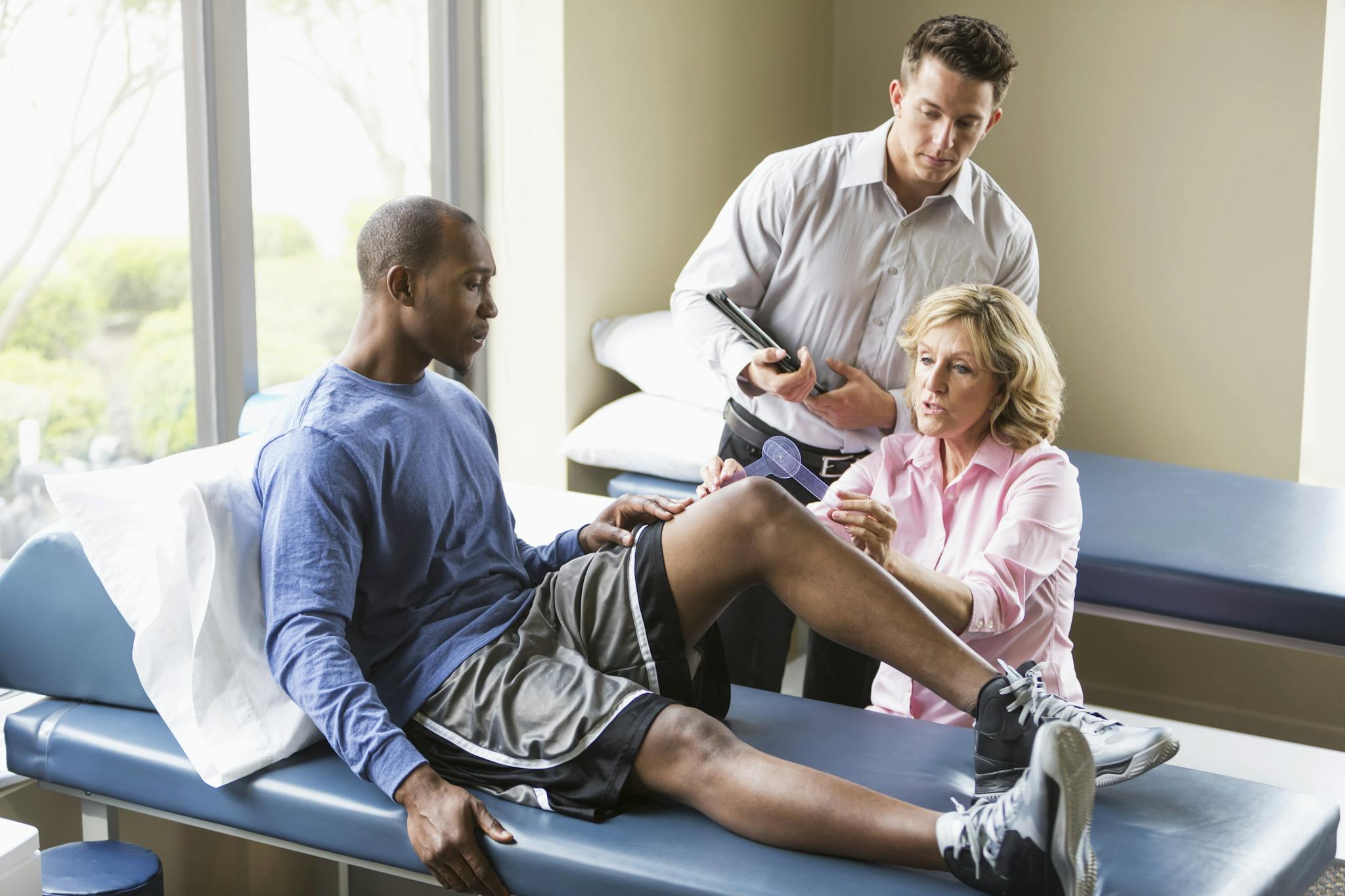
2025-06-10T13:54:10
Understanding Skin Grafts
- Dermatology
- Family Medicine
- Internal Medicine
- Orthopedics
November 18, 2016 | Orthopedics
Specialties:Orthopedics

Those who have experienced knee-related injuries know how frustrating they can be. A complex system of ligaments and bones which handle a ton of pressure from the rest of the body are left open to several potential issues, from minor injuries to problems which require physical therapy and rehabilitation. Knee problems have a few potential causes, and the most common is injury sustained during exercise. Several forms of physical activity put extra strain on the knee, sometimes for long and intense periods of time. Many of these injuries seem minor enough to push through, so people often aggravate existing injuries. Luckily, those looking to stay fit without risking knee injury have some options available to them. Smart choices and habits can make your workout useful and safe on the knees. Here are a few key tips:
Before any workout, a warmup session to get blood flowing and loosen muscles is an absolute must. This is independent of any stretching. Warmups generally involve light activity with low impact, so there’s no risk of overtaxing the body while it’s still cold.
Specific knee area warmups are recommended for anyone suffering from knee issues, but it’s important to remember that they’re not the only warmups necessary. Involving the entire body helps make sure unready muscles don’t force others to overcompensate during the exercise, a situation that often causes injury. Once you’ve finished a brief warmup, move on to stretching.
Many would consider stretching part of the warmup process, but it’s important to stretch both before and after working out. Many forget to stretch out muscles which may have tightened up during exercise, a process that’s often just as important as stretching before working out.
There are plenty of useful knee stretches, and most are simple and don’t require any special equipment. Don’t forget to stretch all areas of the body to make sure there are no imbalances as you begin your workout. The hamstrings and calves connect with the knees, and are important areas to keep loose.
For exercises on your feet, support from the lowest point on your body goes a long way in keeping knees and other joints healthy. A few specific tips include:
Selecting the right exercises can make a big difference in protecting the knees from potential issues. High-impact exercises involving lots of running and jumping should generally be avoided if possible, as should stair-related exercises.
Some of the best full-body exercises out there involve little pressure on the knees. Swimming and biking are both excellent sources of cardio exercise, and many gyms have special equipment like rowing machines or other low-impact devices.
Using proper form while exercising will keep the knees and other parts of the body safe from potential risks. This means using the right equipment for the right purpose. If you’re exercising at a gym, don’t hesitate to ask an employee for help if you aren’t sure how to properly use a machine or piece of equipment.
Avoid big changes in intensity during workouts or between workouts. Quickly going from low intensity to high intensity can put unnecessary pressure on the knees, and high intensity to low intensity can lead to muscle weakening. Gradual increases and decreases in intensity level are the name of the game.
For people with chronic knee issues, a brace is sometimes worn during exercise to help stabilize the knee and surrounding areas. These braces typically have the added benefit of providing cushion against potential falls, and their support can allow many people to get their share of physical activity without aggravating existing conditions. In almost all cases, speaking to your doctor before purchasing a knee brace is recommended.
WRITTEN BY:
Michael Carlson, MD

2025-06-10T13:54:10

2024-06-21T14:29:51

2024-02-06T11:40:13

2023-03-30T11:23:12
This information is not intended to replace the advice of a medical professional. You should always consult your doctor before making decisions about your health.